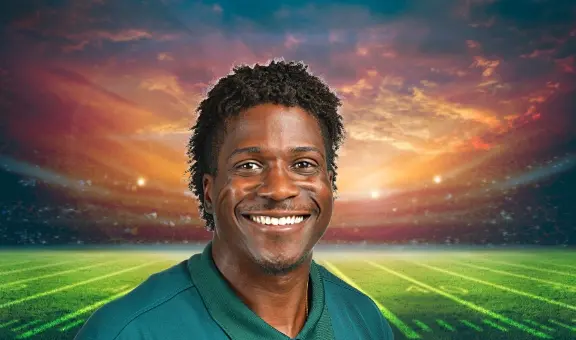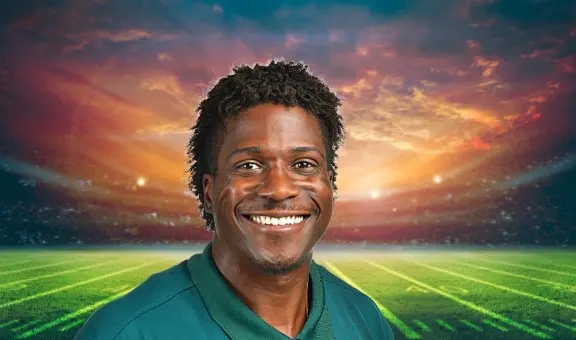Understanding Creative Portraits
Creative portraits are not just about capturing a person’s image. They go beyond mere representation to convey emotions, stories, and themes. A creative portrait is an artistic interpretation of an individual, reflecting the photographer’s unique vision and the subject’s personality.
In the realm of photography, creative portraits stand out for their ability to evoke feelings and provoke thoughts. They are more than snapshots; they are visual narratives that invite viewers to delve deeper into the captured moment. The creativity in portraits comes from the careful composition, lighting, expression, and setting chosen by the photographer.
The essence of a creative portrait lies in its ability to communicate beyond the surface. It is not simply about what the subject looks like, but about what the image makes you feel. Creative portraits often play with light and shadows, framing, angles, and post-processing techniques to enhance the mood and artistic expression.
To truly understand creative portraits, one must appreciate the blend of technical skill and artistic intuition required to produce them. It involves a balance of craftsmanship in handling equipment and the imagination to see ordinary subjects in extraordinary ways. Creative portraiture is an exploration of the human spirit through the lens of creativity.
As viewers engage with creative portraits, they are invited to partake in the visual dialogue between the photographer and the subject. The creative elements incorporated into the composition spark curiosity and invite interpretation, making each portrait a unique piece of art that resonates on a personal level.
Key Elements of Creative Portraits
Several key elements contribute to the creation of captivating and innovative portraits. Composition plays a vital role, guiding the viewer’s gaze and establishing the visual dynamics within the frame. Through thoughtful composition, photographers can direct attention to specific details or create a sense of harmony within the image.
Lighting is another essential element in creative portraiture. The play of light and shadow can dramatically alter the mood and emphasis of a portrait. Creative photographers use lighting techniques to sculpt the subject, add depth, and create a compelling interplay between highlights and shadows that enhance the overall impact.
Expression and emotion are at the heart of a creative portrait. Capturing authentic emotions, whether joy, contemplation, or vulnerability, adds a layer of depth and connection to the image. A truly creative portrait conveys not just the physical features of the subject but also their inner world and the story they carry within.
Another key element in creative portraiture is storytelling. Every portrait has a narrative, a hidden tale waiting to be discovered. Through careful staging, choice of props, and the subject’s pose and expression, photographers can weave a visual story that intrigues and captivates the viewer, drawing them into the scene.
Creativity thrives on experimentation, and in creative portraiture, unconventional approaches can lead to stunning results. Embracing unique perspectives, unconventional angles, and experimental techniques can push the boundaries of traditional portraiture and open up new avenues for artistic expression and visual storytelling.
Techniques for Creating Creative Portraits
Creating creative portraits involves a blend of technical expertise and artistic vision. Photographers utilize a variety of techniques to infuse their portraits with creativity and uniqueness. One such technique is the use of shallow depth of field to isolate the subject and create a dreamy, artistic effect.
Another popular technique in creative portraiture is the use of unconventional framing. By experimenting with different framing techniques, such as shooting through objects or using natural frames within the environment, photographers can add visual interest and depth to their portraits, creating a sense of intrigue and mystery.
The choice of location can greatly impact the creativity of a portrait. Photographers often seek out unique or unexpected locations that add a layer of storytelling to the image. Whether it’s an urban landscape, a dilapidated building, or a natural setting, the backdrop can enhance the mood and thematic elements of the portrait.
Post-processing plays a significant role in creative portraiture. By utilizing editing techniques such as color grading, texture overlays, and creative filters, photographers can enhance the mood and visual appeal of their portraits, adding a signature style that sets their work apart. Post-processing is a tool for refining and enriching the creative vision behind the portrait.
Collaboration is key in creating truly creative portraits. Working closely with the subject to understand their personality, emotions, and story allows photographers to capture genuine moments and authentic expressions. Collaboration fosters a sense of trust and connection that shines through in the final portrait, making it a work of shared creativity.
Exploring Different Styles in Creative Portraiture
Creative portraiture encompasses a wide range of styles, each offering a unique perspective on the subject and the art form. From classic black and white portraits that emphasize form and texture to vibrant, imaginative portraits that play with color and surreal elements, the diversity of styles in creative portraiture allows for endless creative exploration.
Fine art portraiture is a popular style in creative photography, focusing on producing images that are not just representations but artistic expressions. Fine art portraits often involve meticulous planning, attention to detail, and a deep understanding of light and composition to create visually striking and emotionally evocative images.
Conceptual portraiture takes creative expression to a new level by incorporating symbolic elements, narrative themes, and abstract concepts into the portrait. Conceptual portraits challenge viewers to unravel the hidden meanings and metaphors within the image, sparking intellectual curiosity and prompting reflection on deeper philosophical or social issues.
Experimental portraiture pushes the boundaries of traditional norms and conventions, embracing unconventional techniques, materials, and approaches to create innovative and thought-provoking portraits. Experimental portraits often blur the line between reality and imagination, inviting viewers to question what they see and explore the realms of creativity without bounds.
Documentary portraiture brings a storytelling element to creative portraiture by capturing authentic moments and real-life narratives. Documentary portraits strive to preserve a slice of life, portraying subjects in their natural environments and candid expressions. The rawness and authenticity of documentary portraiture offer a window into the diverse human experience.







